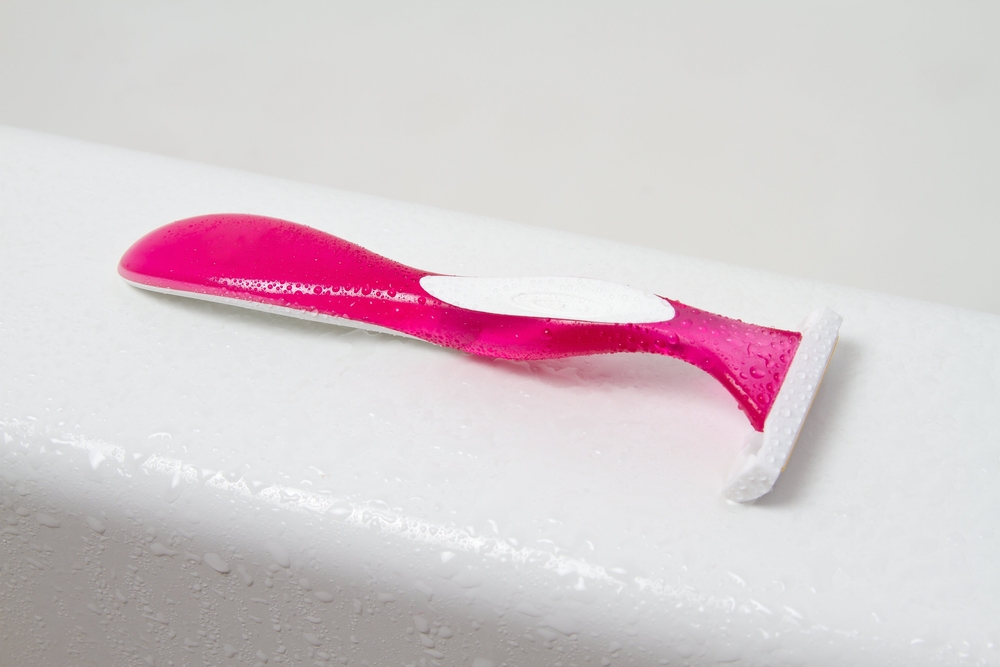Pubic Hair Grooming May Raise STI Risk

People who are sexually active and who regularly groom their pubic hair may be more likely to contract sexually transmitted infections than those who don't groom their pubic hair at all, according to a new study.
People in the study who regularly groomed their pubic hair were 80 percent more likely to report contracting a sexually transmitted infection (STI) than those who never groomed their pubic hair, the researchers found.
The study shows a link between grooming pubic hair and the increased risk of contracting sexually transmitted infections, but it does not prove that grooming one's pubic hair directly causes a person's risk of such infections to increase, said lead study author Dr. E. Charles Osterberg, an assistant professor of surgery at the University of Texas. [10 Surprising Sex Statistics]
There are two ways to explain the findings, the researchers said. It is possible that people who groom their pubic hair are more susceptible to small tears in the skin, through which bacteria and viruses that cause STIs can easily enter the body.
But it is also possible that people who regularly groom their pubic hair might simply be more sexually active than those who don't groom, and might therefore be exposed to sources of sexually transmitted infections more frequently, the researchers said.
In the study, the researchers asked 7,580 people ages 18 to 65 whether they trimmed or removed their pubic hair, and, if so, how often they did so, and what tools they used. The researchers also asked the participants how many sexual partners they'd had in their lives, and whether they had ever had a sexually transmitted infection.
In the results, 7,470 of the participants reporting having at least one sexual partner, according to the study, published today (Dec. 5) in the journal Sexually Transmitted Infections.
Get the world’s most fascinating discoveries delivered straight to your inbox.
The researchers also found that 13 percent of the participants (943) said they'd had at least one of the following diseases: herpes, human papillomavirus (HPV), syphilis, molluscum, gonorrhea, chlamydia, HIV or pubic lice.
The link between pubic hair grooming and a higher risk of contracting sexually transmitted infections seemed to be most pronounced among people who removed all of their pubic hair at least 12 times per year and those who trimmed their pubic hair daily or weekly, the researchers found. Those individuals were up to four times more likely to contract infections than those who never groomed their pubic hair, the researchers said.
However, the people who never groomed their pubic hair were twice as likely to have lice in their pubic hair, the researchers found. This finding suggests that grooming might make it harder for lice to breed successfully, the researchers said. [The 9 Deadliest Viruses on Earth]
The study did have certain limitations. For example, the researchers were not able to determine how the timing of people's pubic hair grooming was related to the timing of when they contracted sexually transmitted infections, the researchers said.
Moreover, the researchers did not ask the participants whether they used condoms during sex, which is an important factor that lowers people's risk of contracting STIs, said Debby Herbenick, an associate professor at Indiana University Bloomington and a research fellow at the Kinsey Institute, who was not involved in the study.
Both Herbenick and the study authors noted that more research is needed to examine the link between pubic hair grooming and people's risk of STIs.
Originally published on Live Science.



